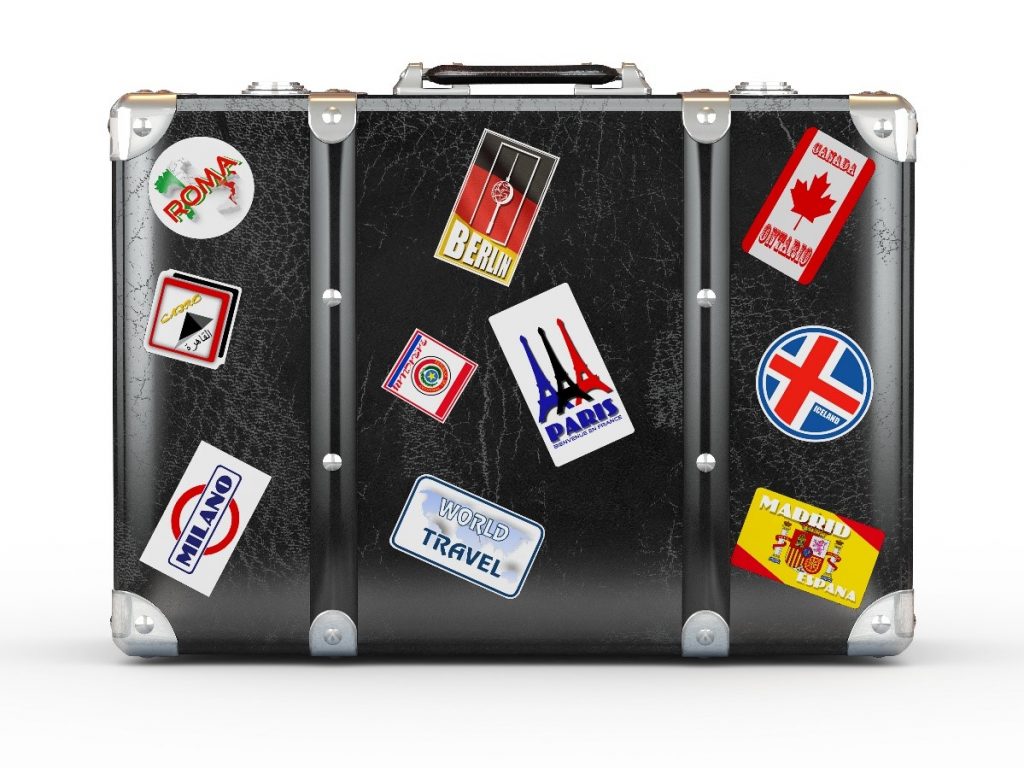
According to the UNWTO (UN World Tourism Organization), there has been an unprecedented growth of (inter)national tourism in recent years (UN World Tourism Organization, 2019). With such an influx of tourism, a series of issues have been highlighted by media, practitioners and researchers – overcrowding/overtourism, ‘disneyfication’ of destinations (i.e., an artificially constructed reality of a place), sustainability of destinations, and displaced locals who feel a loss of ownership of their home area (e.g., Almeida García, Balbuena Vázquez, & Cortés Macías, 2015; Asmelash & Kumar, 2019; Santana-Jiménez & Hernández, 2011; Wassler & Kirillova, 2019). With such issues faced by tourists themselves, they face an ever-more challenging quest to encounter meaningful, unique and authentic experiences.
Destination Management Organizations (DMO’s) have long understood the value of community support when growing a destination, not only for approving expansion of tourism capacities and attractions, but also for providing a skilled workforce to work in the tourism industry, as well as to augment the tourists’ experiences of their trip. Yet much of the existing research with regards to local perspectives on tourism has been focused on the (i) economic, (ii) sociocultural and (iiI) environmental (Almeida García et al., 2015) dimensions. Oppositely, research on tourists’ behavior and preferences is abundant with studies ranging from classical destination preferences – such as different culture experiences, safety, convenient transportation, accommodation and food, attractions, price, image and products & services (e.g. Chen & Dogan, 2001; Hui, Wan, & Ho, 2007; Ryan, 2010; Xu, 2010), to more advanced experiential preferences, such as co-creation experiences betwixt tourism provider and tourist, involvement theory and gaze theory (e.g. Buonincontri, Morvillo, Okumus, & van Niekerk, 2017; Ryan, 2010; Wassler & Kirillova, 2019).
While practitioners understand that the more welcoming the locals are of tourists the better experience the tourists will have, there is a research gap in defining what type of behavior the locals must exude, as well as how this ranks against other preferences when assessing destination preferences and loyalty. More specifically, how can locals aid tourists in their “search for backstage and authenticity”? (Ryan, 2010, p.39).
The theory and practice of hostmanship has been gaining traction in the service and hospitality industry in recent years. This is understandable, as the philosophy (and practice) behind the term is the art of making people feel welcome (Gunnarsson & Blohm, 2003). While hotels, attractions, restaurants and destination facilities work diligently to implement (and practice) hostmanship within the confines of their business, tourists will remember a destination as a holistic experience – meaning that meeting and interacting with locals plays an influence on their overall perception of a destination. With Denmark being seen as a very expensive destination, an enhancement of service quality on multiple dimensions is necessary to differentiate the country form its competition (Simonsen, 2016).
This project will yield two main benefits, namely (i) aid in bridging the research gap on how locals – by means of hostmanship – can contribute to the perception and experience of a destination for tourists, and (ii) how DMO’s can help foster a culture of hostmanship amongst locals towards tourists, and thereby ensure more successful destination development.
References
Almeida García, F., Balbuena Vázquez, A., & Cortés Macías, R. (2015). Resident’s attitudes towards the impacts of tourism. Tourism Management Perspectives, 13, 33–40. https://doi.org/10.1016/j.tmp.2014.11.002
Asmelash, A. G., & Kumar, S. (2019). Assessing progress of tourism sustainability: Developing and validating sustainability indicators. Tourism Management, 71(September 2018), 67–83. https://doi.org/10.1016/j.tourman.2018.09.020
Buonincontri, P., Morvillo, A., Okumus, F., & van Niekerk, M. (2017). Managing the experience co-creation process in tourism destinations: Empirical findings from Naples. Tourism Management, 62, 264–277. https://doi.org/10.1016/j.tourman.2017.04.014
Chen, J. S., & Dogan, G. (2001). An investigation of tourists’ destination loyalty and preferences. International Journal of Contemporary Hospitality Management, 13(2), 79–85.
Gunnarsson, J., & Blohm, O. (2003). Hostmanship – the art of making people feel welcome. Sweden: Dialogos Förlag.
Hui, T. K., Wan, D., & Ho, A. (2007). Tourists’ satisfaction, recommendation and revisiting Singapore. Tourism Management, 28(4), 965–975. https://doi.org/10.1016/j.tourman.2006.08.008
Ryan, C. (2010). Ways of Conceptualizing the Tourist Experience A Review of Literature. Tourism Recreation Research, 35(1), 37–46. https://doi.org/10.1080/02508281.2010.11081617
Santana-Jiménez, Y., & Hernández, J. M. (2011). Estimating the effect of overcrowding on tourist attraction: The case of Canary Islands. Tourism Management, 32(2), 415–425.
Simonsen, D. (2016). Destination ”hostmanship”: How can local partnerships improve service quality of tourist experiences ? In Conference Proceedings: EuroCHRIE Conference 2016 (pp. 1–7).
UN World Tourism Organization. (2019). International Tourist Arrivals Reach 1.4 billion Two Years Ahead of Forecasts. Retrieved May 23, 2019, from http://www2.unwto.org/press-release/2019-01-21/international-tourist-arrivals-reach-14-billion-two-years-ahead-forecasts
Wassler, P., & Kirillova, K. (2019). Hell is other people? An existential-phenomenological analysis of the local gaze in tourism. Tourism Management, 71(May 2018), 116–126. https://doi.org/10.1016/j.tourman.2018.10.005
Xu, J. B. (2010). Perceptions of tourism products. Tourism Management, 31(5), 607–610. https://doi.org/10.1016/j.tourman.2009.06.011

